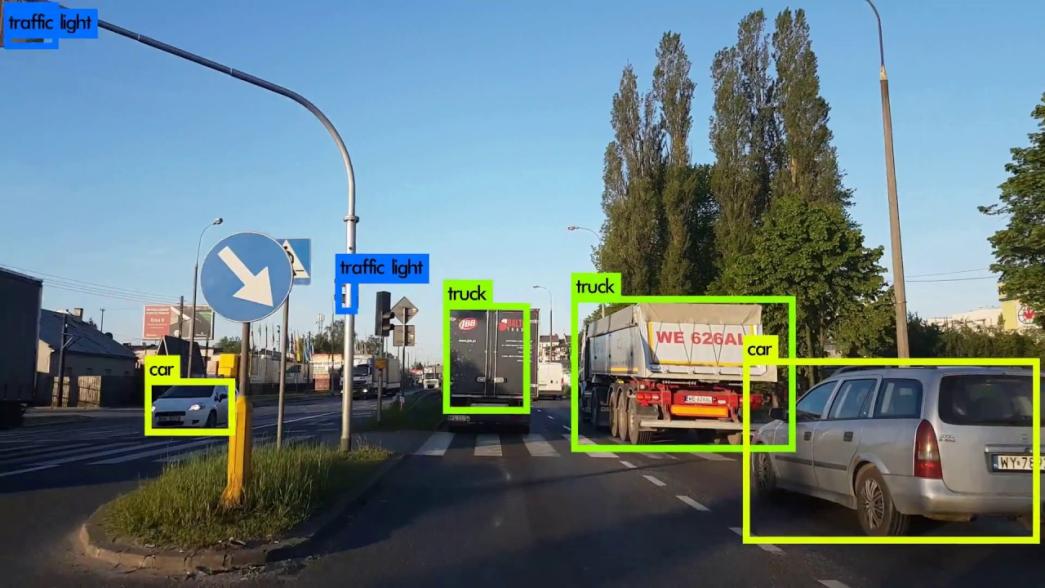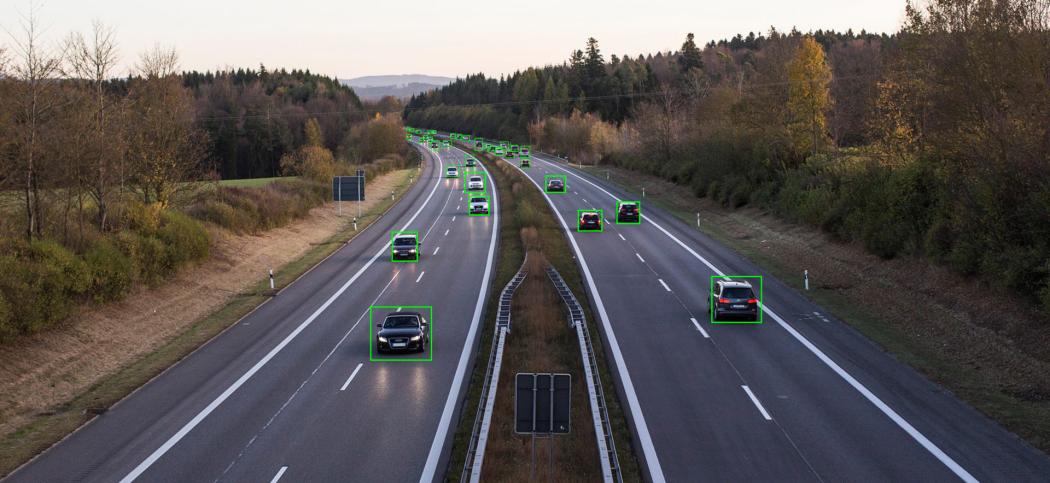Examining the Accuracy and Reliability of Computer Vision Object Detection in Paramedicine: Ensuring Trustworthy Results for Critical Decision-Making
Computer vision object detection has emerged as a transformative technology with the potential to revolutionize paramedicine by enhancing diagnostic accuracy, streamlining patient monitoring, and improving overall healthcare outcomes. However, the accuracy and reliability of computer vision algorithms are paramount in paramedicine, where critical decisions are made based on the information they provide.

This article delves into the intricacies of computer vision object detection in paramedicine, exploring its applications, examining factors influencing accuracy and reliability, discussing evaluation methodologies, presenting experimental findings, and identifying future directions for research and development.
Overview Of Computer Vision Object Detection In Paramedicine
Computer Vision And Object Detection
Computer vision is a field of artificial intelligence that enables computers to interpret and understand visual information from images and videos. Object detection, a subset of computer vision, focuses on identifying and localizing objects of interest within an image or video frame.
Applications In Paramedicine
- Medical imaging analysis: Computer vision algorithms can analyze medical images, such as X-rays, CT scans, and MRIs, to detect abnormalities, diagnose diseases, and assist in treatment planning.
- Patient monitoring: Computer vision systems can monitor patients' vital signs, such as heart rate, respiratory rate, and oxygen saturation, by analyzing video streams from cameras.
- Drug administration: Computer vision can assist in the accurate and safe administration of medications by verifying drug labels, calculating dosages, and ensuring proper administration techniques.
- Vital signs monitoring: Computer vision algorithms can extract vital signs, such as heart rate and respiratory rate, from video recordings of patients' faces or bodies.
- Wound assessment: Computer vision systems can analyze images of wounds to assess their severity, track healing progress, and detect signs of infection.
Factors Influencing Accuracy And Reliability
Data Quality And Quantity
- High-quality training data is crucial for developing accurate and reliable computer vision algorithms. However, obtaining sufficient data in paramedicine can be challenging due to patient privacy concerns, data sensitivity, and the need for specialized medical expertise.
- Data augmentation techniques, such as image transformations, cropping, and flipping, can be employed to increase the effective size of the training dataset and improve algorithm performance.
Algorithm Design And Implementation
- Common object detection algorithms include Faster R-CNN, YOLOv5, and SSD. The choice of algorithm depends on factors such as accuracy, speed, and computational resources available.
- Algorithm performance can be affected by factors such as the size and complexity of the dataset, the number of classes to be detected, and the presence of occlusions and background clutter.
- For real-time applications, such as patient monitoring, algorithms must be optimized for speed and efficiency to provide timely and accurate results.
Environmental Conditions
- Environmental conditions, such as lighting conditions, occlusions, and motion blur, can significantly impact the accuracy of computer vision object detection algorithms.
- Strategies for handling challenging environmental conditions include image preprocessing techniques, such as noise reduction and contrast enhancement, and the use of algorithms that are robust to variations in lighting and motion.
Evaluation Methodologies
Evaluation Metrics
- Common evaluation metrics for computer vision object detection include precision, recall, and accuracy. Precision measures the proportion of correctly detected objects among all detected objects, while recall measures the proportion of correctly detected objects among all actual objects.
- Intersection over Union (IoU) is a metric that measures the overlap between the predicted bounding box and the ground truth bounding box of an object.
- Mean Average Precision (mAP) is a comprehensive metric that takes into account both precision and recall over a range of IoU thresholds.
Benchmark Datasets
- Publicly available datasets, such as the PASCAL VOC dataset and the COCO dataset, are commonly used for evaluating computer vision object detection algorithms.
- However, these datasets may not be directly applicable to paramedicine, and there is a need for specialized datasets that reflect the unique challenges of paramedicine.
Experimental Setup And Protocol
- Experimental setup and protocol should be carefully designed to ensure reliable and reproducible results.
- Data preprocessing and augmentation techniques should be applied to improve the quality and quantity of the training data.
- Training and testing procedures should be clearly defined, and statistical analysis methods should be employed to assess the significance of the results.
Findings And Discussion
Experimental Results
- Experimental results should be presented in a clear and concise manner, highlighting the accuracy and reliability of different object detection algorithms under various conditions.
- The impact of data quality, algorithm design, and environmental conditions on algorithm performance should be analyzed and discussed.
Discussion Of Findings
- The strengths and weaknesses of current approaches to computer vision object detection in paramedicine should be identified.
- Potential sources of error and uncertainty should be discussed, along with strategies for mitigating these errors.
- The implications of the findings for the practical use of computer vision in paramedicine should be explored.
Future Directions And Recommendations
Improving Accuracy And Reliability
- Recommendations for improving the accuracy and reliability of computer vision object detection algorithms in paramedicine should be provided.
- Strategies for collecting and labeling data, developing and optimizing algorithms, and adapting algorithms to different environmental conditions should be discussed.
Ethical And Societal Considerations
- Ethical and societal considerations related to the use of computer vision in paramedicine should be addressed.
- Issues such as bias and fairness in object detection algorithms, data privacy and security concerns, and the potential impact of computer vision on the paramedicine workforce should be explored.

Computer vision object detection has the potential to revolutionize paramedicine by enhancing diagnostic accuracy, streamlining patient monitoring, and improving overall healthcare outcomes. However, ensuring the accuracy and reliability of computer vision algorithms is paramount in paramedicine, where critical decisions are made based on the information they provide.
This article has provided a comprehensive overview of computer vision object detection in paramedicine, examining factors influencing accuracy and reliability, discussing evaluation methodologies, presenting experimental findings, and identifying future directions for research and development. Ongoing research and development efforts are essential to ensure that computer vision algorithms are accurate, reliable, and trustworthy for use in paramedicine.

YesNo

Leave a Reply